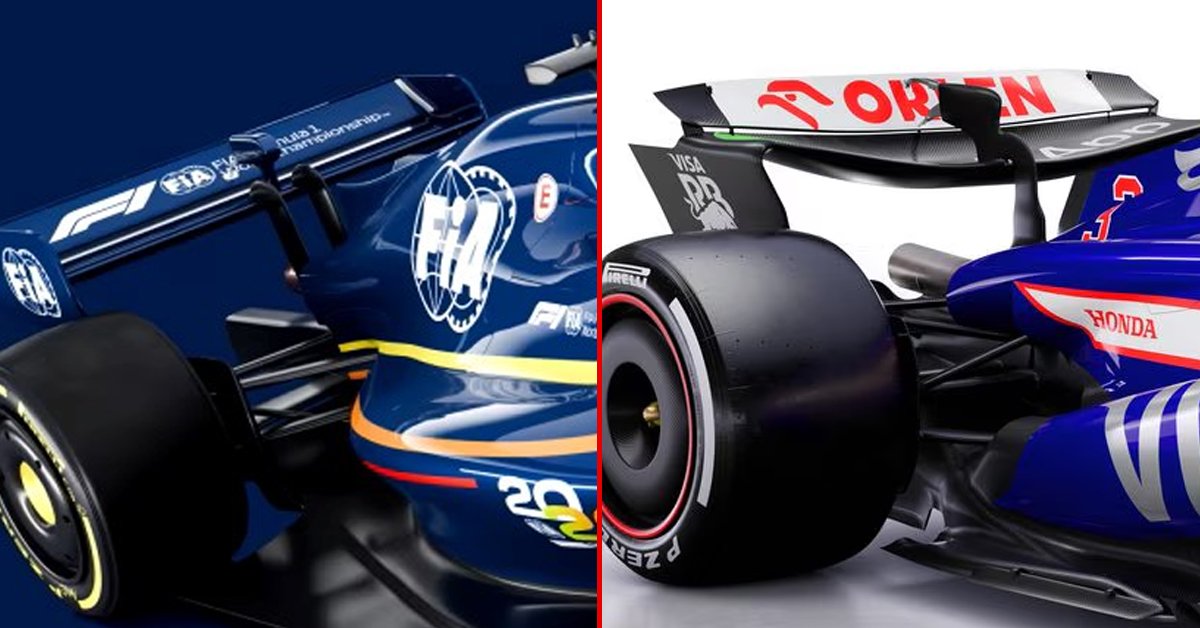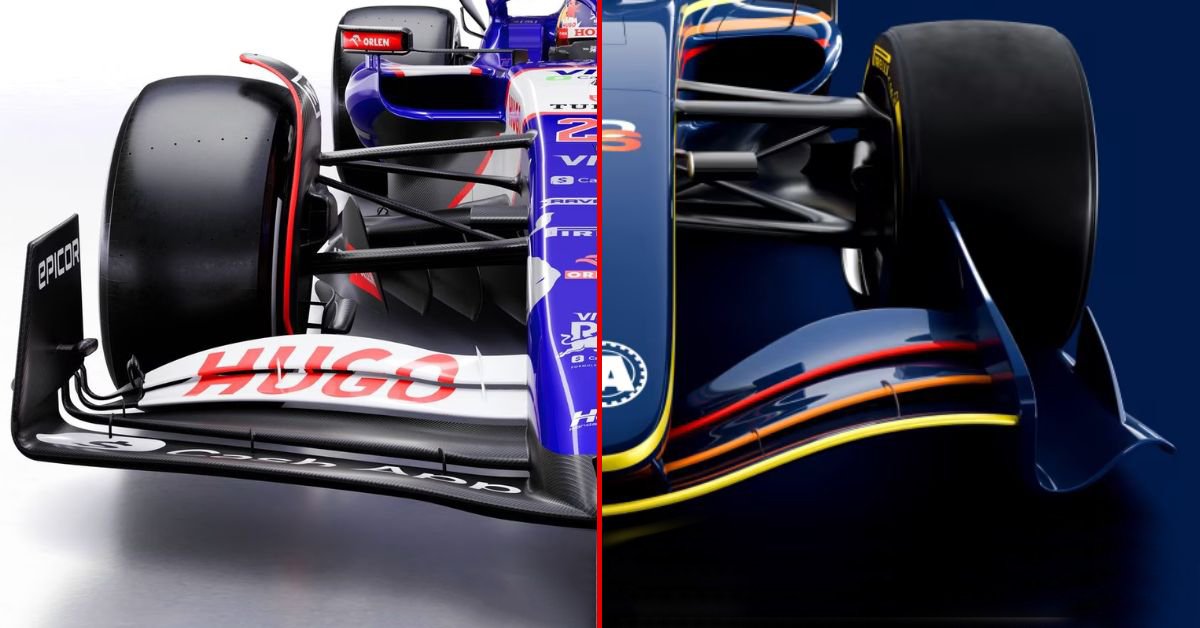The 2026 FIA Formula 1 regulations are out! Although the exact technical and sporting regulations are still to be released, the information we have so far has given us a brief idea of what Formula 1 racing will look like in the future.
As expected, there are a lot of changes applied in these new cars including a reduction of the size. However, what is more interesting is the fact that the FIA is getting rid of the DRS, which has been a staple in Formula 1 since 2010. As a replacement, the 2026 cars will see active aerodynamics and a new manual override option for the drivers.
Let’s take a look at what these are –
Active Aerodynamics
Since the 2010 season, we have seen F1 cars use DRS to overtake the car ahead. But from 2026, the FIA will allow the use of active aero in both the front and rear wings. This means that both wings of the car will switch between low-drag mode (X-mode) and high-drag mode (Z-mode), controlled by the driver.
The default position of the wings will be in Z-mode, which allows for greater cornering speed. When the driver approaches the straights, they will have the option to switch to X-mode for additional straight-line speed. Switching to X-mode will open up the rear and front wings of the car. This is similar to the DRS which only opened the rear wing.

Unlike the DRS, however, X-mode will be available to all drivers whether they are following or leading. So this begs the question, how does the car behind gain an advantage to overtake? This is where the manual override button comes in.
Manual Override
Going to the 2026 season, the F1 cars will have the MGU-K (Motor Generator Unit – Kinetic) as the only electric component of the car. While traveling in the straights, the energy deployment will begin to decrease at 290kph, reaching zero at 355kph. However, when a car is behind a competitor, they will be allowed to use the manual override button which will continue to give them 350kW of power from the MGU-K until they reach 337kph- about 0.5kJ of extra energy for the chasing car
While the duration the driver can use the manual override button is also yet to be confirmed, just like DRS, drivers will have manual override available for use when they are within one second of the car in front of them More information will likely be released along with the comprehensive technical regulations, which are expected to be released later this month.
The reason the FIA decided to remove DRS is due to the new regulations reducing the overall drag of the car. Because of this, the effect of the DRS would be very low, making it harder to overtake.
What are the other changes being brought to Formula 1 by the FIA?
As expected, the car will become shorter in length and narrower. This change is being made to increase the chances of overtakes in narrow street circuits such as Monaco and Azerbaijan. Given that Formula 1 is continually adding more street circuits, the FIA doesn’t want to make it harder for the drivers by increasing the size of the cars once again.
The weight of the car is also to be reduced by 30 kgs. This, however, is not that big of a change considering that the cars before the Turbo-Hybrid era were around 200 kg lighter than the current cars.

The 2026 power units will face a rather large change. Although the specific PU regulations are yet to be released, we do know that F1 will be switching to completely sustainable fuels. In addition to this, the Power Unit will be deriving more energy from the electrical component compared to the current Formula 1 car. While the power from the engine will drop from 550-560kW to 400kW, overall the cars will be more powerful.
The 2026 F1 machinery will also have 55% less drag and 30% less downforce. This means that the straight-line speeds of the cars will improve dramatically. Hence, we could see some exciting high-speed overtakes in 2026.
Which team will have the advantage from 2026 Formula 1 season?
Naturally, it is too early to tell which team will be leading from the 2026 season. Given, however, that the regulations reduce the amount of drag and downforce of the cars, the power units will play an important part in determining which team will be in front.
Unlike the current regulations where the performance is more sensitive to aerodynamics, the 2026 regulations will be more dependent on the power unit performance, especially with the manual override option.
Out of the engine manufacturers that will be on the grid from 2026, it looks as though Mercedes, Ferrari, and Honda could have an advantage given that they have been manufacturing strong engines in the Turbo-Hybrid era. Since Red Bull will be switching to Ford as their power unit supplier from 2026, it is yet to be determined if they will be able to stay on top.
Now that everyone has the basic idea of what Formula 1 will look like from 2026, it will be interesting to see how the teams interpret the final technical regulations to find loopholes to take advantage of.
Which team do you think will come out ahead in 2026? Post your thoughts in the comments section below!












